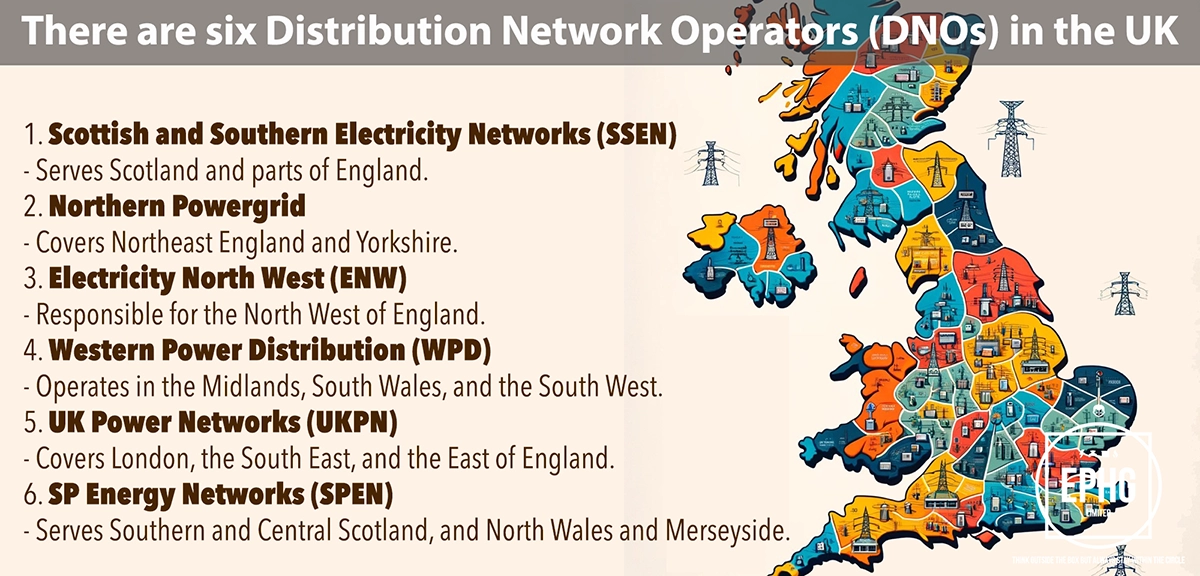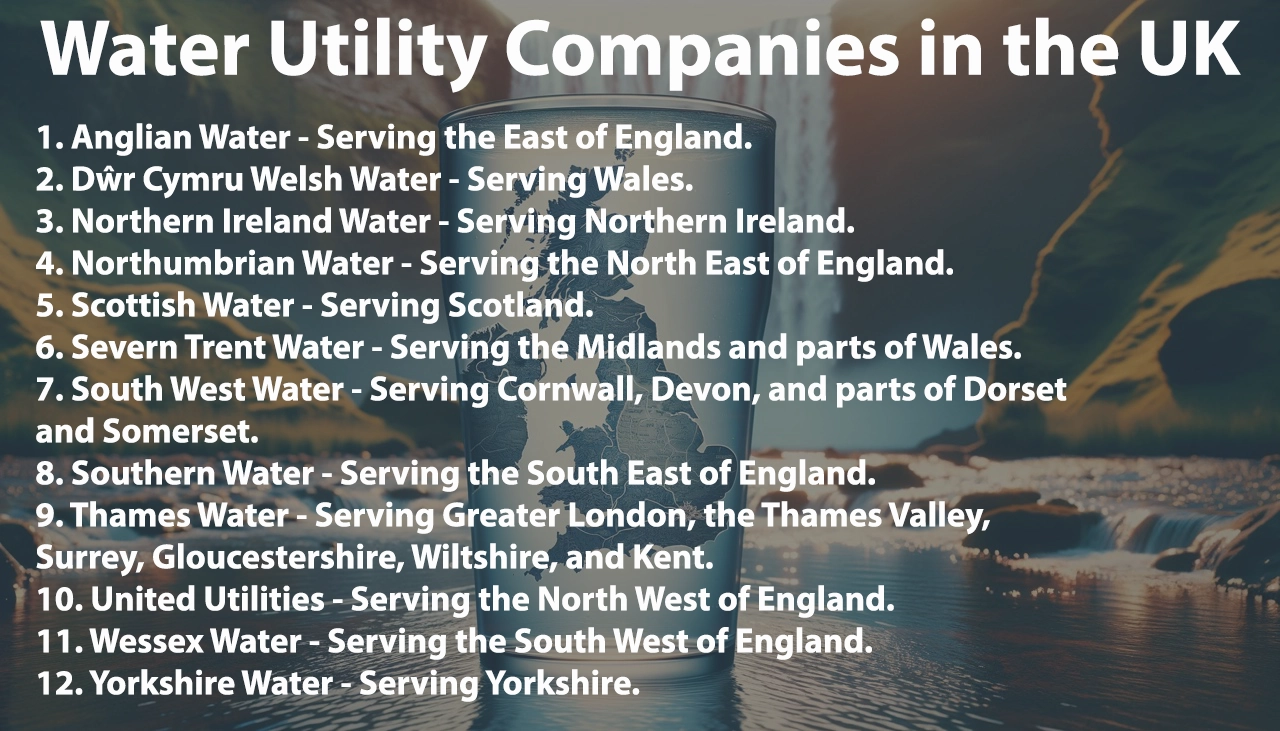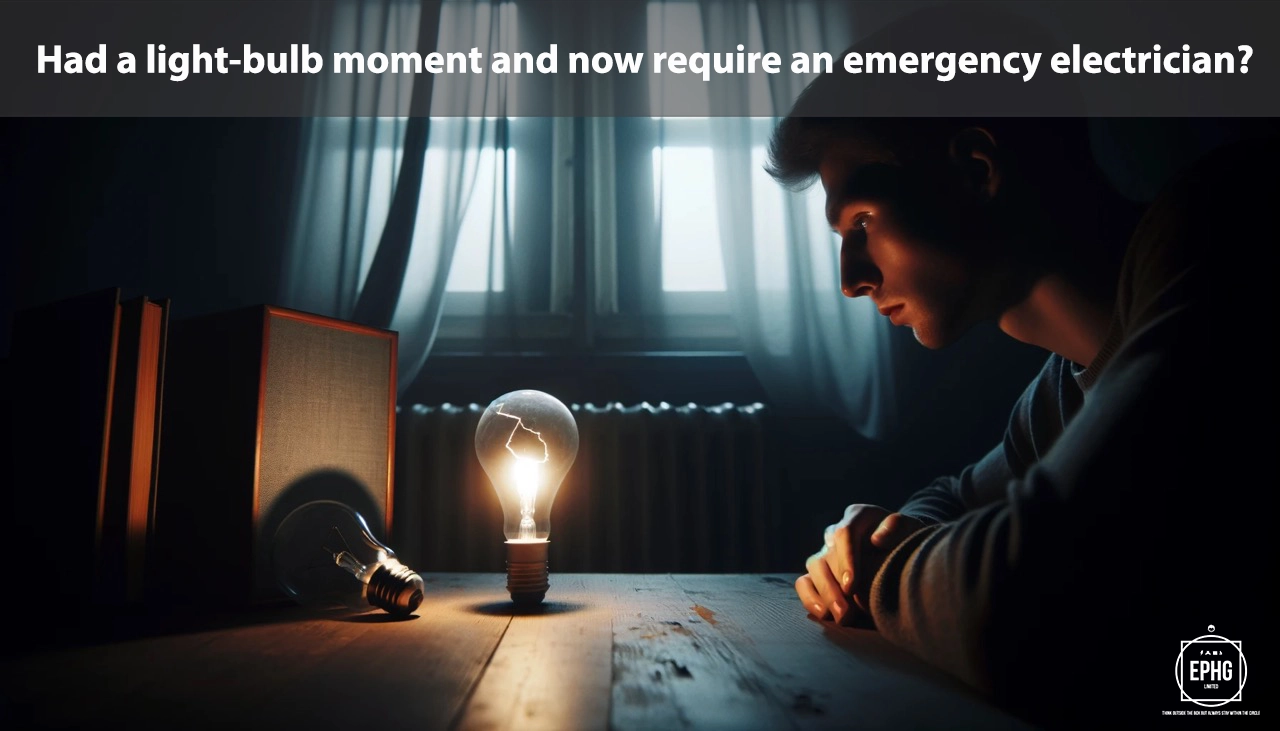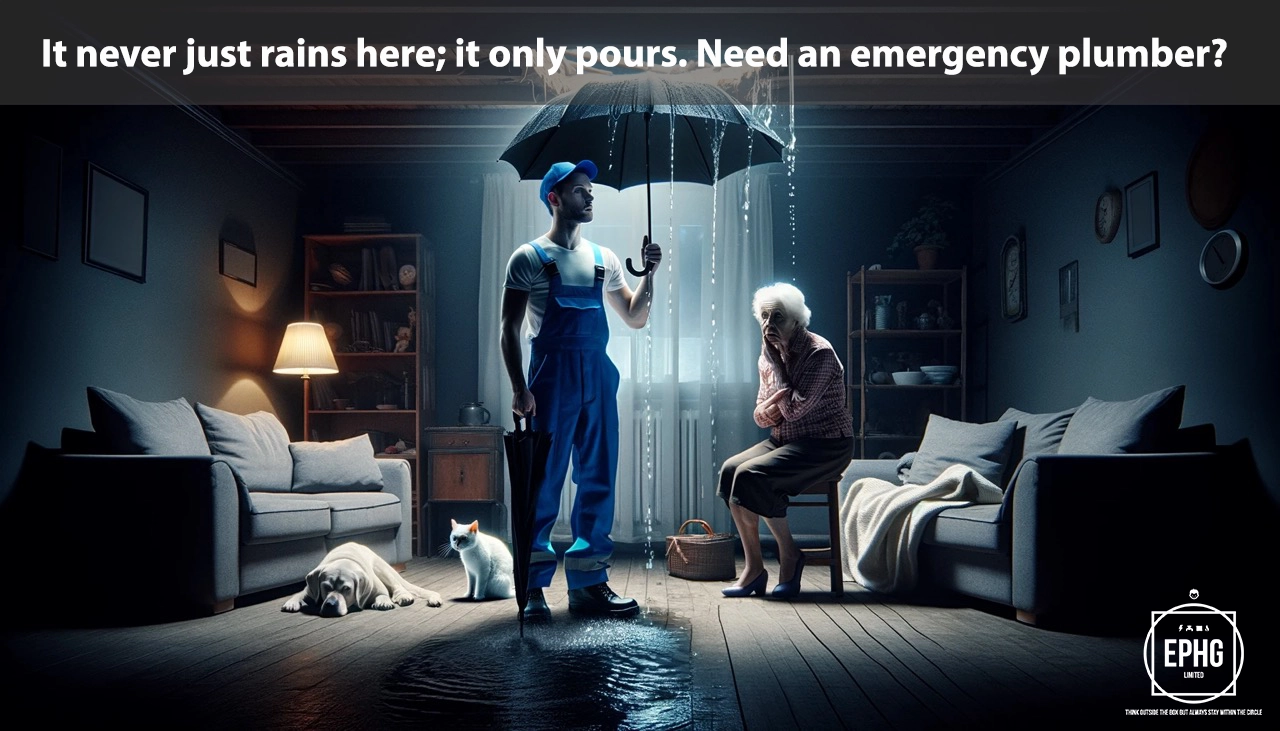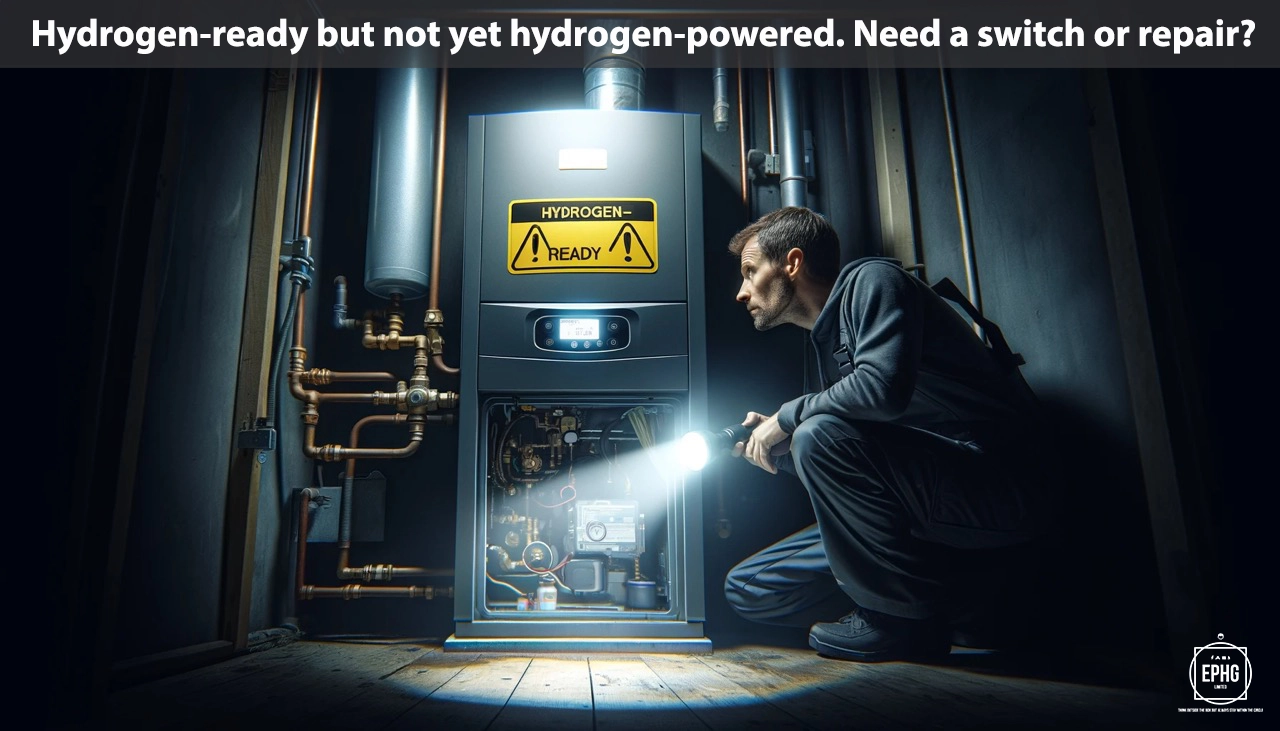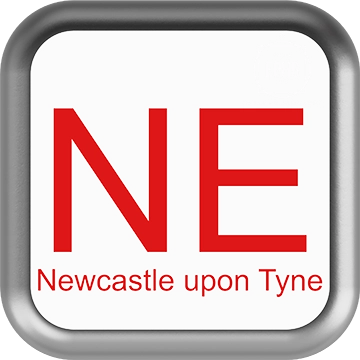
NE Postcodes for Utilities & Services in Newcastle
Introduction: The NE postcode area, particularly focusing on Newcastle, is a vibrant urban center known for its rich history and contemporary developments. This overview provides insights into the city's water and electricity supply, among other vital utilities.
Water in Newcastle
Where does the water supply come from in Newcastle and is there ever a shortage of water?
Newcastle's water supply predominantly comes from the River Tyne, along with surface water sources such as Kielder Water, one of Europe's largest man-made lakes. Northumbrian Water oversees the provision and treatment of the city's water, ensuring it meets all health and safety standards. Despite Newcastle's reliable water supply, the city encourages sustainable water use amongst its residents, particularly during dry spells, to maintain reservoir levels and manage demand effectively.
What is the hardness & quality of the water in Newcastle and can this affect your health?
The water in Newcastle is generally soft, due to its primary sources being upland reservoirs and rivers that flow through peat and sandstone. Soft water means there are fewer minerals like calcium and magnesium, reducing scale build-up in household appliances and making the water more effective for washing and cleaning. Newcastle's water is rigorously tested and treated to meet stringent safety standards, ensuring it is safe for all usual domestic uses. While it's beneficial for most, residents with specific health conditions should consult their healthcare providers regarding water intake.
Electricity in Newcastle
Where does the electric supply come from in Newcastle and what is the future of energy there?
Newcastle's electricity is supplied through the national grid, with an increasing proportion coming from renewable energy sources such as wind and solar power. The city is committed to reducing its carbon footprint and has set ambitious targets to become carbon neutral. Investments in renewable energy projects and enhancements in energy efficiency within residential, commercial, and public buildings are part of this commitment. The future of Newcastle's energy landscape looks green, with ongoing initiatives aimed at sustainability and energy security.
Electricity in Newcastle
Where does the electric supply come from in Newcastle and what is the future of energy there?
Newcastle's electricity is largely supplied through the national grid, with significant contributions from renewable energy sources as part of the region's transition to cleaner energy practices. The area benefits from both onshore and offshore wind farms, as well as emerging solar energy projects. The city is exploring innovative energy solutions, including the development of green technologies and the potential for tidal energy, given its coastal location. The vision for Newcastle’s energy future is ambitious, aiming to establish the city as a leader in renewable energy within the UK, enhancing both environmental sustainability and energy security.
When is hydrogen coming to gas boilers in Newcastle?
The integration of hydrogen into Newcastle’s heating systems is an evolving area, part of the broader UK strategy to decarbonize heating. The city is poised to adopt hydrogen technology, with pilot projects and research into hydrogen-compatible infrastructure. While a precise timeline for widespread hydrogen adoption is not set, the shift aligns with national carbon reduction goals, expecting to commence in the next decade. Residents are encouraged to stay updated on developments and consider energy-efficient upgrades to their heating systems in preparation for future transitions.
Where Does the Wastewater Go in Newcastle?
In Newcastle, wastewater management is a critical service, ensuring public health and environmental protection. Wastewater from homes, businesses, and industries is treated at facilities like the Bran Sands PFI and Howdon Wastewater Treatment Works. These advanced plants utilize modern treatment processes to remove contaminants before releasing water back into the River Tyne and the North Sea, adhering to strict environmental standards. These efforts highlight Newcastle's commitment to sustainable urban management and the protection of its natural waterways.
Regions and Services:
The NE postcode area encompasses a vibrant mix of urban, suburban, and rural landscapes, from the bustling city life in Newcastle to the serene countryside of Northumberland. Key regions include:
- Newcastle City Centre: The heart of the region's urban development, home to a robust electrical and gas infrastructure and a growing emphasis on sustainable energy solutions.
- Gateshead, Sunderland, and Durham: Dynamic towns offering a blend of traditional services and modern amenities, each with unique historical and cultural backgrounds.
- Tynemouth, Morpeth, and Hexham: Coastal and countryside areas where community-driven renewable energy projects complement the scenic beauty, enhancing local sustainability.
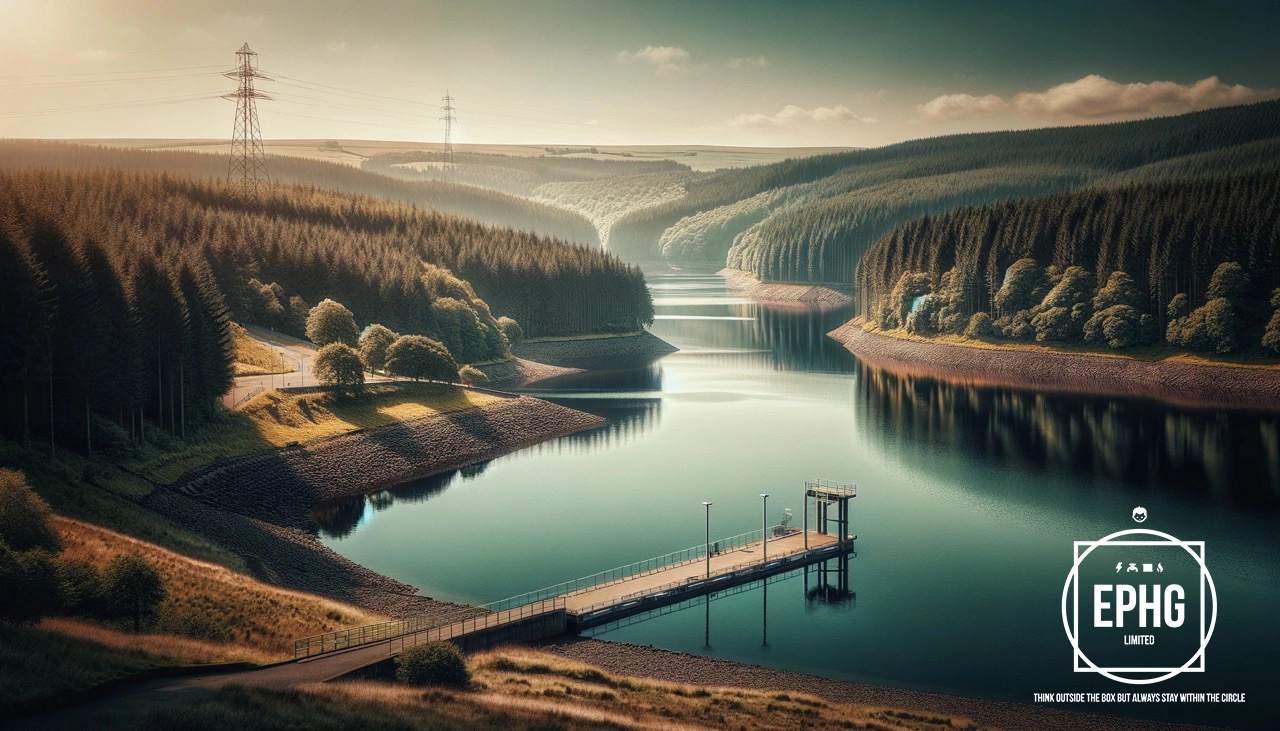
Regions within the NE Postcode
Newcastle and Surrounding Areas
- NE1: Newcastle city centre - Known for its vibrant nightlife, historical sites, and shopping areas.
- NE2: Jesmond, Spital Tongues - Popular residential areas close to universities and parks.
- NE3: Gosforth, Fawdon, Kingston Park - Combining residential comfort with extensive shopping facilities.
- NE4: Fenham, Westgate, Wingrove, Arthur's Hill - Diverse communities with local businesses and educational institutions.
- NE5: Westerhope, Newcastle West, Newbiggin Hall - Suburban areas with a mix of housing and green spaces.
- NE6: Walker, Byker, Heaton - Areas known for their cultural diversity and community projects.
- NE7: High Heaton, Benton - Residential neighborhoods with parks and recreational facilities.
- NE8: Gateshead, Bensham, Teams - Just across the River Tyne, featuring cultural venues and urban regeneration.
Wider Tyne and Wear Regions
- NE9: Low Fell, Springwell - Primarily residential areas near Gateshead with local amenities.
- NE10: Heworth, Leam Lane Estate - Incorporating residential zones and accessibility to green areas.
- NE11: Dunston, MetroCentre, Team Valley - Known for business parks and the UK's largest shopping centre.
- NE12: Killingworth, Longbenton - Residential areas with business and industrial parks.
- NE13: Wideopen, Dinnington, Newcastle Airport - Suburban areas with access to Newcastle International Airport.
Northumberland, Durham, and Beyond
- NE14: Palmersville (Note: specific localities may vary) - Smaller communities with rural surroundings.
- NE15: Throckley, Newburn - Suburban and rural areas west of Newcastle with historical sites.
- NE16: Whickham, Sunniside, Burnopfield - Communities offering a balance between rural and urban living.
- NE17: Chopwell, High Spen - Known for their natural surroundings and local heritage.
- NE18: Stamfordham, Ponteland - Picturesque villages known for their upscale housing and countryside.
- NE19: Otterburn, Redesdale - Rural areas popular for outdoor activities and rich history.
- NE20: Ponteland, Darras Hall - Affluent areas with exclusive residential properties and golf courses.
- NE21: Blaydon, Winlaton - Areas with industrial history transitioning to more residential development.
- NE22: Bedlington, East Sleekburn, Cambois - Including former mining communities transitioning to residential and light industrial uses.
- NE23: Cramlington - A new town with extensive retail parks and residential areas.
- NE24: Blyth - Coastal town known for its port, beaches, and community spirit.
- NE25: Whitley Bay, Monkseaton, Seaton Delaval - Coastal and suburban areas popular for their beaches and amenities.
- NE26: Whitley Bay, Cullercoats - Seaside towns with strong community feels and tourist attractions.
- NE27: Shiremoor, West Allotment, Backworth - Suburban areas with new housing developments.
- NE28: Wallsend, Battle Hill, Willington - Areas with Roman historical sites and modern development.
- NE29: North Shields, Royal Quays, Billy Mill, New York - Featuring maritime history and retail parks.
- NE30: Tynemouth, North Shields - Historic seaside towns known for their landmarks and coastal living.
